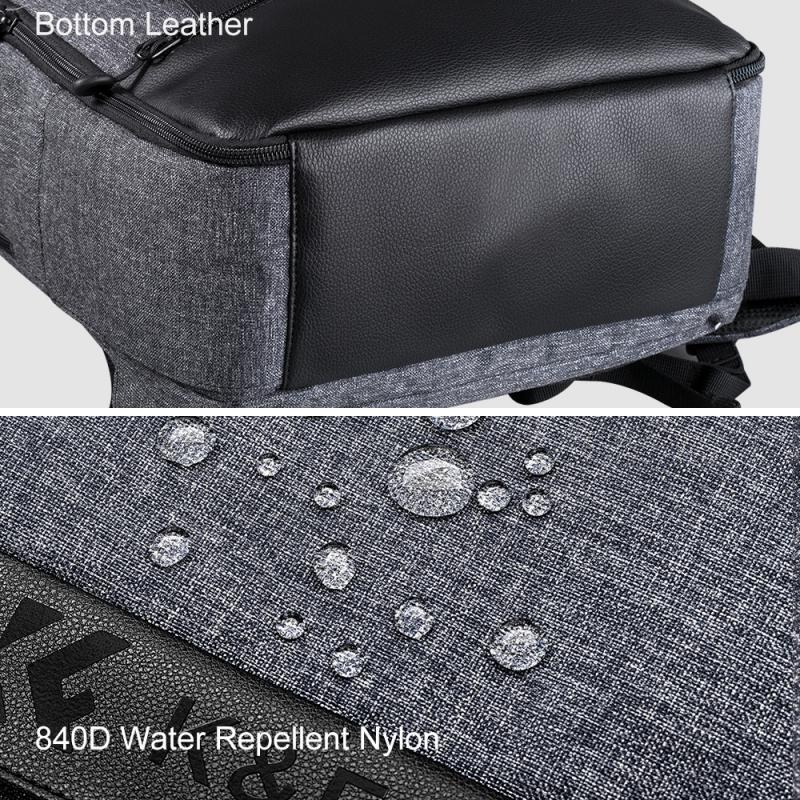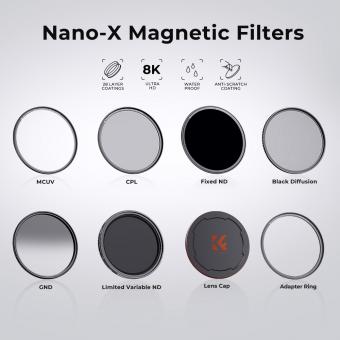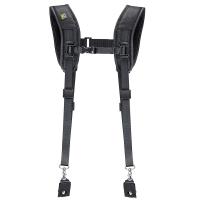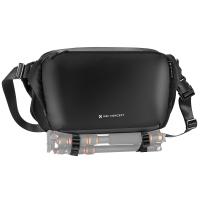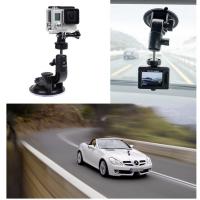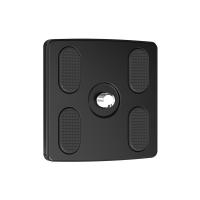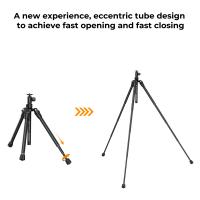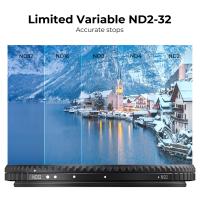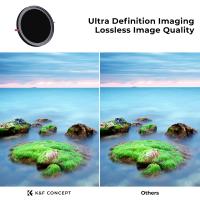What Lenses Do I Need For Photography ?
The lenses you need for photography depend on the type of photography you are interested in and the subjects you want to capture. Some common types of lenses include wide-angle lenses, which are great for landscapes and architecture; standard lenses, which are versatile for everyday photography; telephoto lenses, which are ideal for capturing distant subjects like wildlife or sports; macro lenses, which are designed for close-up photography of small subjects; and prime lenses, which have a fixed focal length and are known for their sharpness and wide aperture. It is important to consider your specific needs and budget when choosing lenses for photography.
1、 Prime lenses for sharpness and low-light performance.
Prime lenses for sharpness and low-light performance are essential for any photographer looking to capture high-quality images. These lenses have a fixed focal length, which means they do not zoom in or out. While this may seem limiting, prime lenses offer several advantages that make them a popular choice among photographers.
One of the main advantages of prime lenses is their superior sharpness. Since they have a fixed focal length, prime lenses are designed to provide optimal image quality at that specific focal length. This results in sharper images with more detail and clarity compared to zoom lenses, which have multiple focal lengths and compromise on sharpness to accommodate the zoom functionality.
Additionally, prime lenses often have wider maximum apertures, which allow for better low-light performance. A wider aperture lets in more light, enabling photographers to shoot in darker conditions without having to rely heavily on artificial lighting or high ISO settings. This is particularly useful for capturing indoor or nighttime scenes, as well as for creating a shallow depth of field with a blurred background.
The latest prime lenses on the market are constantly improving in terms of optical quality and low-light performance. Manufacturers are incorporating advanced lens elements, coatings, and technologies to enhance sharpness, reduce chromatic aberration, and minimize distortion. Some prime lenses even feature image stabilization, which further aids in low-light shooting by reducing camera shake.
When considering which prime lenses to invest in, it is important to consider your specific photography needs and preferences. Popular choices include 35mm, 50mm, and 85mm prime lenses, as they offer versatile focal lengths suitable for various genres such as landscape, street, portrait, and even some wildlife photography.
In conclusion, prime lenses are a must-have for photographers seeking sharpness and low-light performance. With their fixed focal length and wider apertures, these lenses deliver superior image quality and allow for shooting in challenging lighting conditions. The latest prime lenses continue to push the boundaries of optical performance, making them an excellent investment for any photography enthusiast or professional.

2、 Zoom lenses for versatility and capturing distant subjects.
Zoom lenses are an essential tool for photographers seeking versatility and the ability to capture distant subjects. These lenses offer a range of focal lengths, allowing photographers to zoom in and out without changing lenses. This flexibility is particularly useful in situations where changing lenses quickly is not feasible, such as in fast-paced events or when shooting in challenging environments.
One of the main advantages of zoom lenses is their ability to capture distant subjects. Whether you're photographing wildlife, sports, or landscapes, a zoom lens allows you to get closer to the action without physically moving closer. This is especially beneficial when shooting subjects that are difficult to approach, such as shy animals or athletes in the middle of a game.
The latest zoom lenses on the market offer impressive features and advancements. Many now come with image stabilization technology, which helps reduce camera shake and allows for sharper images, even when shooting handheld or in low light conditions. Additionally, some zoom lenses have improved autofocus capabilities, ensuring quick and accurate focusing on moving subjects.
When choosing a zoom lens, it's important to consider your specific needs and shooting style. Different zoom ranges are available, from wide-angle to telephoto, and some lenses even offer a combination of both. Assessing the subjects you frequently photograph and the desired level of zoom will help determine the ideal lens for you.
In conclusion, zoom lenses are a valuable asset for photographers, providing versatility and the ability to capture distant subjects. With the latest advancements in technology, these lenses offer improved image stabilization and autofocus capabilities. When selecting a zoom lens, consider your shooting style and the subjects you frequently photograph to find the perfect fit for your needs.
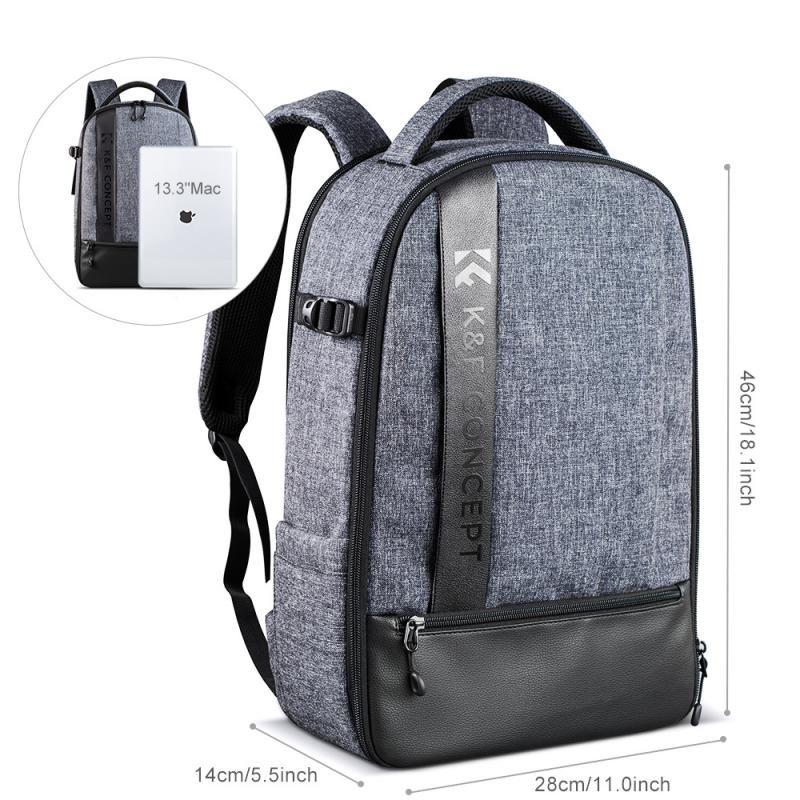
3、 Wide-angle lenses for capturing expansive landscapes and architecture.
Wide-angle lenses are essential for capturing expansive landscapes and architecture in photography. These lenses have a shorter focal length, typically ranging from 10mm to 35mm, allowing you to capture a wider field of view. They are perfect for capturing vast landscapes, cityscapes, and architectural structures.
When photographing landscapes, wide-angle lenses enable you to include more of the scene in your frame, capturing the grandeur and beauty of the surroundings. These lenses emphasize the foreground and create a sense of depth, making the viewer feel immersed in the image. Additionally, wide-angle lenses are great for capturing architecture, as they allow you to fit tall buildings or intricate details within the frame without having to step back too far.
The latest point of view in wide-angle lenses is the incorporation of advanced optical technologies to minimize distortion and improve image quality. Lens manufacturers are constantly innovating to produce lenses with better edge-to-edge sharpness, reduced chromatic aberration, and improved contrast. Some wide-angle lenses also feature image stabilization, which helps to reduce camera shake and produce sharper images, especially in low-light conditions.
It is important to note that wide-angle lenses may not be suitable for all types of photography. They can distort subjects when used up close, so it's important to be mindful of the composition and placement of your subjects. Additionally, wide-angle lenses may not be ideal for portraits, as they can distort facial features when used too close to the subject.
In conclusion, wide-angle lenses are a must-have for capturing expansive landscapes and architecture in photography. They provide a wider field of view, allowing you to capture the grandeur of the scene and fit large structures within the frame. The latest advancements in wide-angle lenses focus on improving image quality and reducing distortion, making them even more versatile and valuable for photographers.
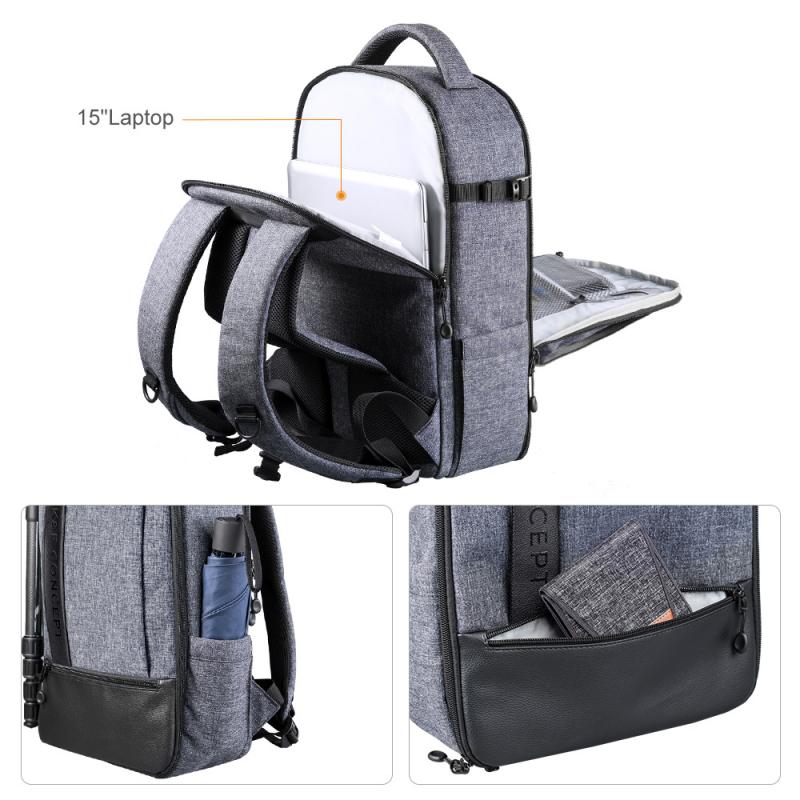
4、 Telephoto lenses for capturing distant subjects and wildlife.
Telephoto lenses are essential for capturing distant subjects and wildlife in photography. These lenses have a longer focal length, allowing photographers to zoom in and get closer to their subjects without physically moving closer. They are particularly useful when shooting wildlife, sports events, or any situation where the photographer cannot get close to the subject.
The focal length of telephoto lenses typically ranges from 70mm to 600mm or even longer. The longer the focal length, the greater the magnification and the narrower the field of view. This makes telephoto lenses ideal for capturing detailed shots of distant subjects, such as birds in flight or animals in their natural habitat.
In recent years, there have been advancements in telephoto lens technology. Manufacturers have introduced lenses with image stabilization, which helps reduce camera shake and allows for sharper images, even when shooting handheld. Additionally, some telephoto lenses now have faster maximum apertures, allowing for better low-light performance and the ability to create a shallow depth of field.
When choosing a telephoto lens, it is important to consider factors such as the desired focal length, budget, and the specific requirements of the photography genre. For example, wildlife photographers may opt for longer focal lengths, while sports photographers may prioritize faster autofocus capabilities.
In conclusion, telephoto lenses are a must-have for photographers looking to capture distant subjects and wildlife. The latest advancements in technology have made these lenses even more versatile and capable of producing stunning images.
